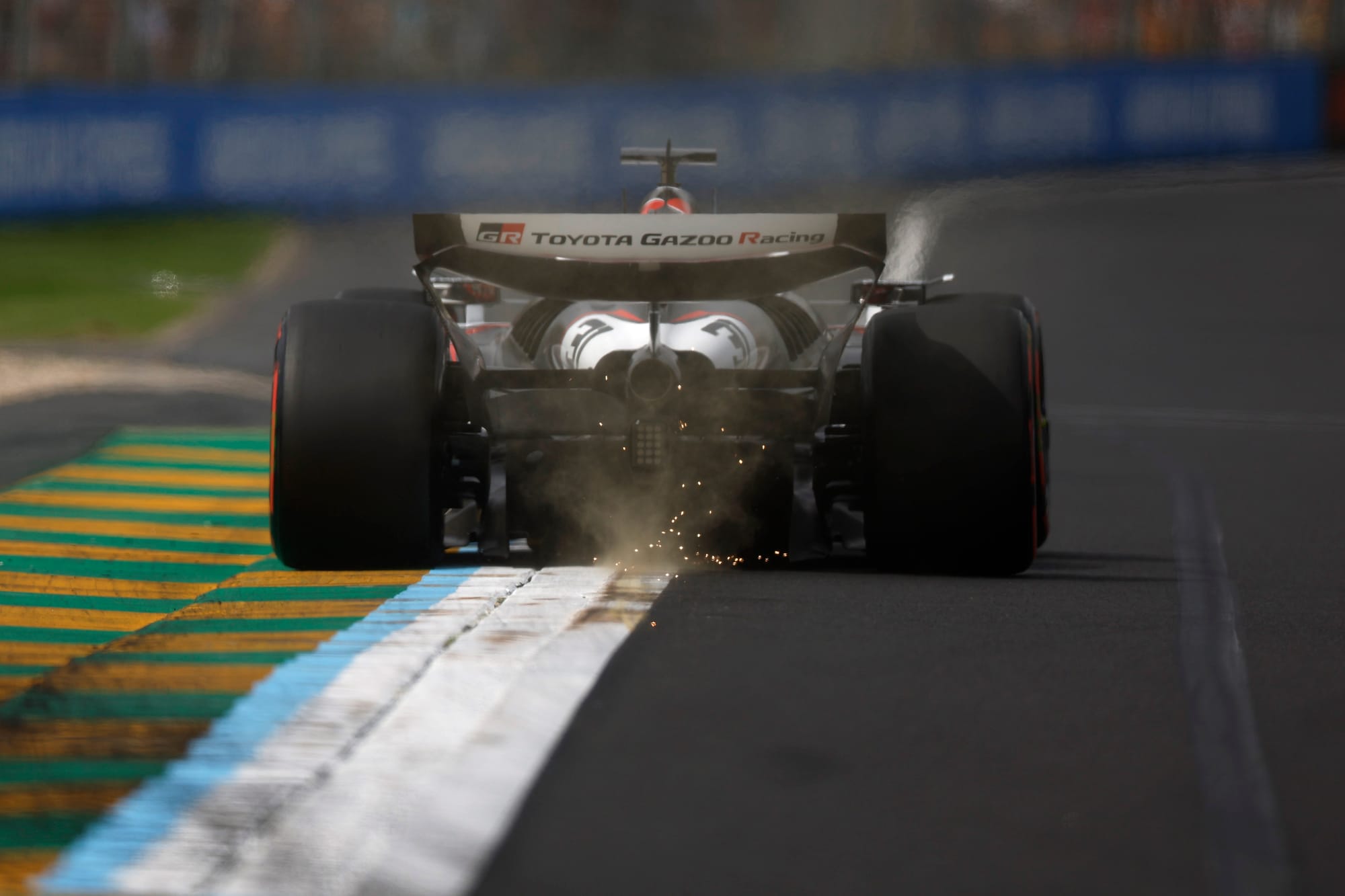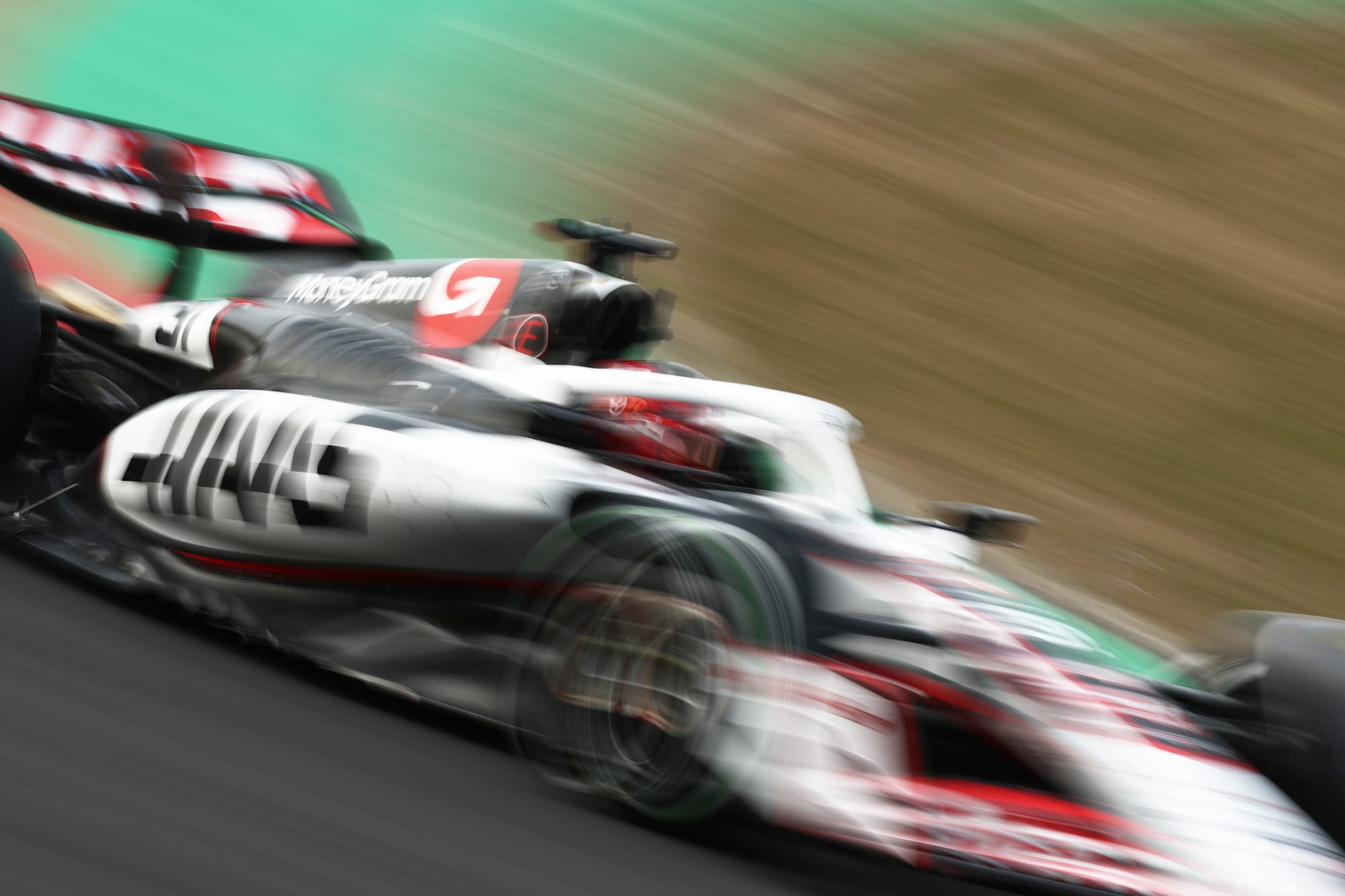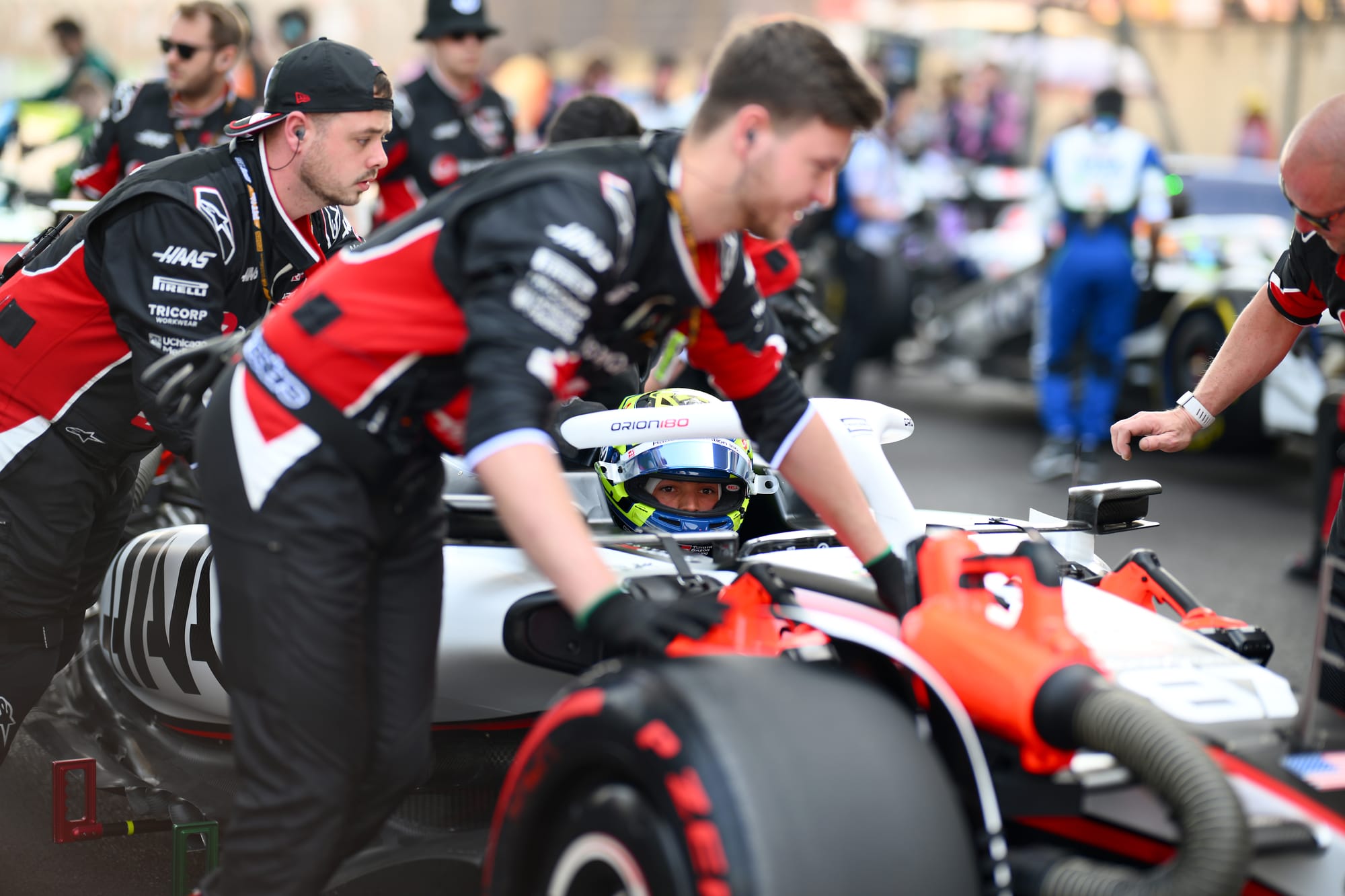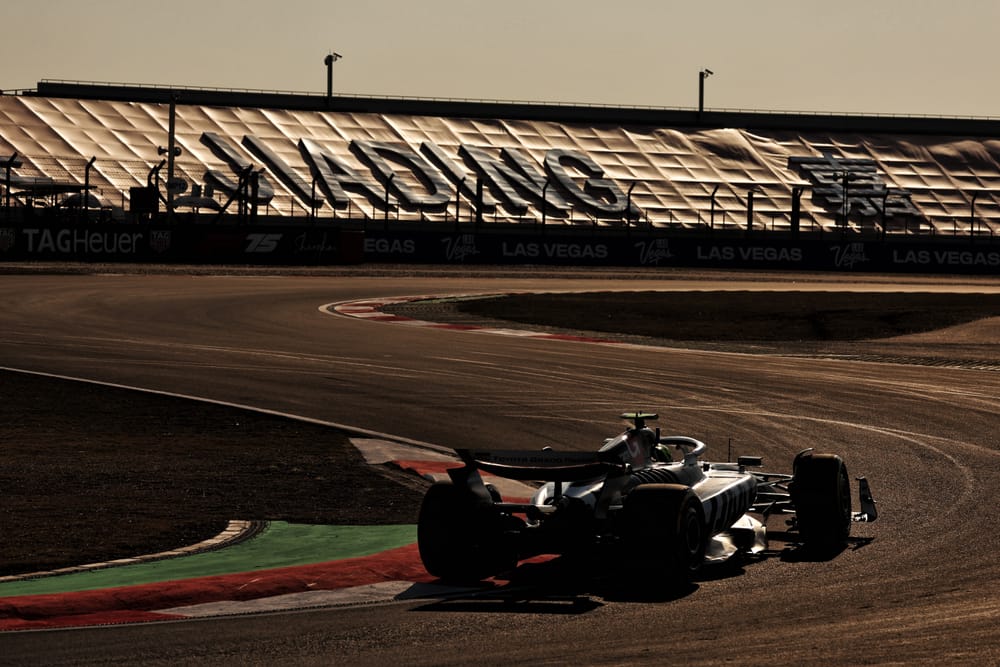The Haas Formula 1 team admits a new floor development "could go horribly wrong" after fast-tracking a change for this weekend's Japanese Grand Prix.
Haas started 2025 with an awful performance in Australia where a combination of the track surface and high-speed corners exposed a glaring problem with the VF-25.
The car was suffering from aerodynamic oscillations through the high-speed Turn 9-10 Esses that caused instability and sapped confidence from the drivers, leaving Haas more than half a second adrift of the next team in Melbourne.

It bounced back immediately a week later with a double points finish in China, where the resurfaced Shanghai circuit allowed the car to be run in its sweet spot low to the ground without bumps triggering the problem observed in Australia.
But Haas knew that a repeat of Melbourne would be devastating at Suzuka, which is such a high-speed circuit. So it decided to get a revised floor ready extremely quickly, although team boss Ayao Komatsu said "I can't say for sure exactly how much difference it's going to make, because in order to get the parts here we had to really shortcut the process".
So Haas opted to green-light a risky strategy. The floor revisions were committed to before CFD and windtunnel work was conducted, to ensure it could be ready in time, although a windtunnel validation was eventually possible before this event.

"It is a risk," Komatsu admitted. "It's a judgment call. But to me we had no option.
"The scale of the issue in Melbourne was huge. We were the slowest car by country a mile. So we had to do it."
A fully new floor would be the optimal solution, but would take a lot longer to validate and then physically make the parts.
Asked by The Race to explain the shortcut compared to a typical upgrade path, Komatsu said: "Honestly, we just relied on our aero guys and designers' understanding to make certain modifications.
"So certain things are geometrically different and aerodynamically different as well.
"We just put everyone's latest understanding, without any proof, because we had to design it, we had to release it, we had to make it - otherwise we weren't going to make it here.
"So, we had to do it. But then, respectively we put it in the windtunnel, to see if that idea is actually correct or not.
"It is correct. It's definitely the right direction. But I just don't know how much difference it's going to make."

If it works, Komatsu reckoned the performance could be even stronger than in China, where Esteban Ocon and Ollie Bearman finished seventh and 10th on the road then got promoted two places each by Ferrari's double disqualification.
The wide range of the potential outcome with its floor is a testament to the unorthodox strategy, but also the urgency of finding even a partial solution.
While the first sector of the Suzuka circuit in Japan has also been resurfaced, Haas did not want to leave it to chance.
"It's all small differences," Komatsu said. "But it can lead into possibly something catastrophic, or not.
"It's quite nerve-racking. But that's the honest feeling."
In Melbourne, Haas recognised the problem immediately. Komatsu knew on the car's first lap there was an issue.
He said for Suzuka: "As soon as we do a lap, as soon as we go through sector one, we will know if it's going to be like Melbourne or not."



